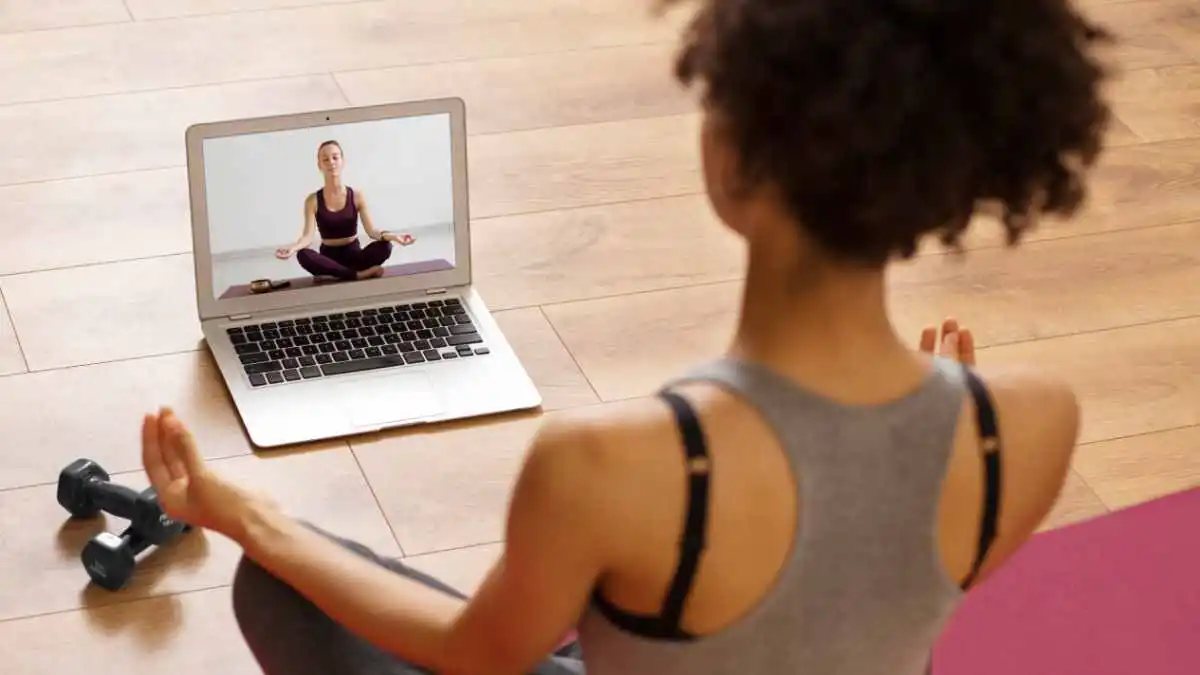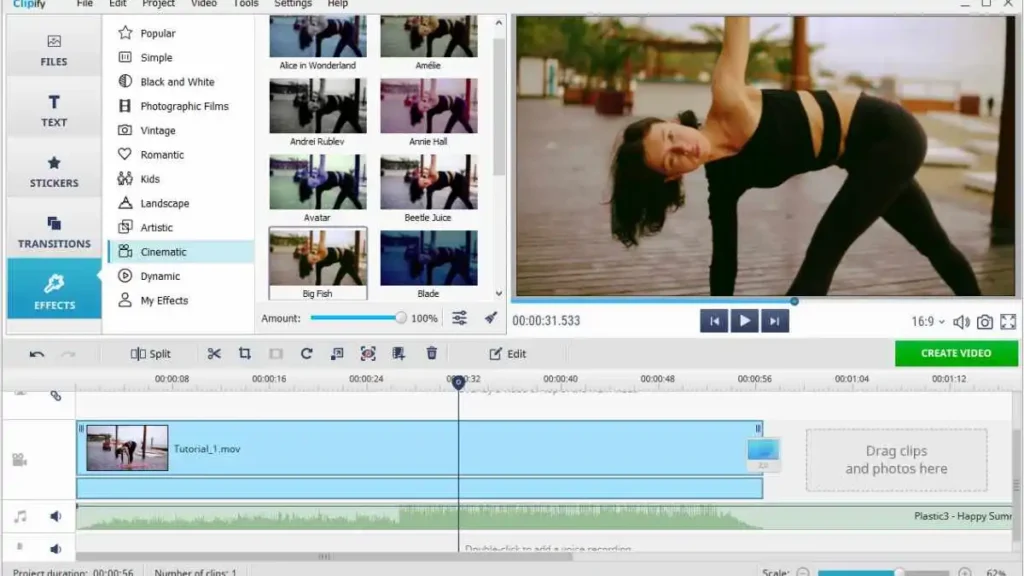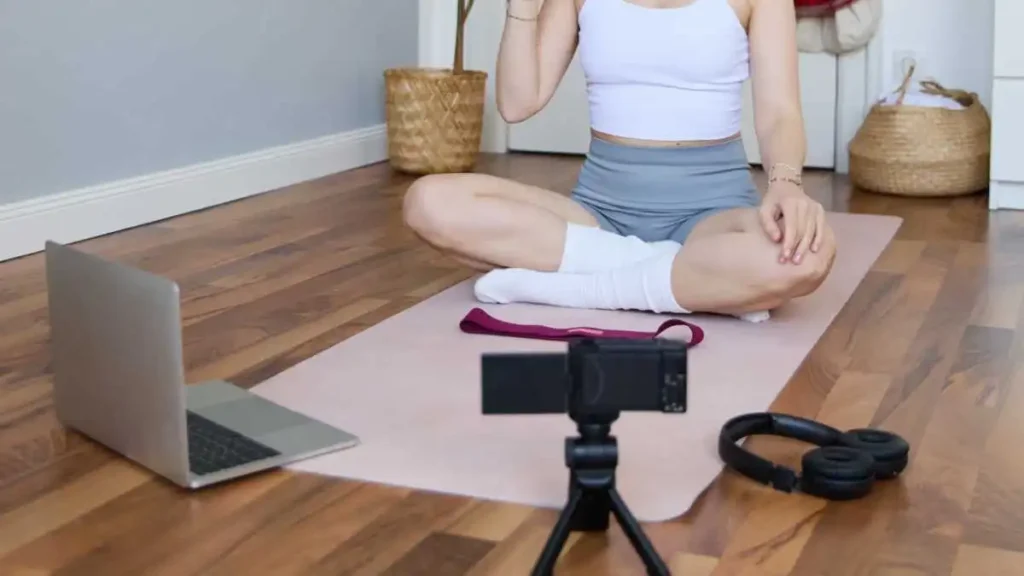GENERAL
Shooting and Editing Yoga Tutorials: 7 Essential Tips

Yoga tutorials have become an integral part of sharing wellness practices, fostering connections with like-minded individuals, and even launching successful online courses. However, creating a yoga tutorial that is both engaging and professional requires thoughtful preparation and the right tools. In this guide, we’ll explore seven vital steps to elevate your tutorial production and editing game. Whether you’re a seasoned yogi or just beginning your video journey, these tips will streamline your process.
Table of Contents
Embrace Effortless Editing with Clipify
Editing can be a daunting task, especially for beginners, but it is what makes or breaks a video. So, before equipping you with knowledge, let’s quickly suggest an editing program. Clipify (available at Clipify.net) is intuitive software that simplifies the editing process, allowing you to craft polished tutorials effortlessly. With features like automated cutting, transitions, and text overlays, even first-timers can produce high-quality videos. Visit the website to get acquainted with its functionalities and see how Clipify can transform your raw footage into a seamless tutorial.
Key Features of Clipify:
- Ease of Use: Designed for users of all skill levels.
- Customization: Add captions, adjust brightness, and integrate soothing background music.
- Efficiency: Speed up your workflow without compromising quality.

Now, let’s get down to business. Here’s what to do to make an engaging and effective tutorial:
1. Draft a Purposeful Script
The cornerstone of any effective tutorial lies in meticulous planning. Begin by outlining a script that captures your session’s intent. Detail the poses, transitions, and sequences you aim to showcase. Ensure your language remains clear yet motivational, striking a balance between instruction and inspiration. Having a script also helps maintain consistency and avoid redundant explanations.
Pro Tip: Leave space for natural improvisation—sometimes, unplanned moments make your content more relatable.
2. Optimize Your Camera Setup
When recording yoga, angles and clarity are paramount. Position your camera at an appropriate distance to capture full-body movements without distortion. If possible, use multiple angles to provide comprehensive visual guidance. Stabilize your camera with a tripod, and experiment with natural light to create an inviting atmosphere.

For best results, record in a quiet, serene environment that aligns with yoga’s tranquil essence.
3. Record Crisp Voiceovers
A compelling voiceover adds personality and clarity to your tutorial. Use a high-quality microphone to ensure your instructions are crisp and audible. Record in a quiet space to eliminate background noise. Before recording, practice your pacing to maintain a calming and steady tone that aligns with the yoga theme.
4. Prepare Subtitles for Accessibility
Subtitles serve a dual purpose: they make your tutorials accessible to a broader audience, including non-native speakers and the hearing-impaired, and they also boost engagement on social media platforms. Include subtitles that synchronize with your voiceover, ensuring accuracy and readability. Clipify makes it easy to overlay subtitles with minimal effort, further enhancing the viewer’s experience.
5. Curate an Ambient Soundtrack
The right background music can elevate the ambiance of your tutorial. Choose calming tracks that complement the flow of your practice without overpowering your voice. Websites like AudioJungle or Epidemic Sound offer royalty-free music tailored to yoga and meditation themes. Remember to adjust the volume levels during editing to strike the perfect balance.

6. Choose the Right Platform for Your Course
Where you place your yoga tutorial significantly impacts its reach. For social media snippets, platforms like Instagram Reels or TikTok are ideal for short, engaging content. For full-length classes, consider hosting your videos on YouTube or dedicated course platforms such as Teachable or Udemy. Research each platform’s audience and features to ensure alignment with your goals.
7. Test and Gather Feedback
Before publishing your tutorial, test it with a small group of trusted viewers. Their feedback can highlight areas for improvement, such as unclear instructions or distracting visuals. Make any necessary adjustments to ensure your tutorial resonates with your target audience.
Conclusion
Creating a yoga tutorial may seem intricate, but with these tips, you’ll be well-equipped to produce content that inspires and educates. By combining thoughtful planning, intuitive editing tools like Clipify, and a touch of creativity, your tutorials can stand out in the ever-expanding world of wellness content. Take the first step today, and let your yoga journey guide others toward balance and mindfulness.
-

 GENERAL4 months ago
GENERAL4 months agoUncovering the World of кинокрадко: The Dark Side of Film Piracy
-

 GENERAL2 months ago
GENERAL2 months agoUnveiling the Art of преводсч: How Translators Bridge Language Barriers
-

 YOGA10 months ago
YOGA10 months ago4 Person Yoga Poses for Beginners
-

 GENERAL4 months ago
GENERAL4 months agoThe Journey of iamnobody89757: From Anonymous User to Internet Sensation




























